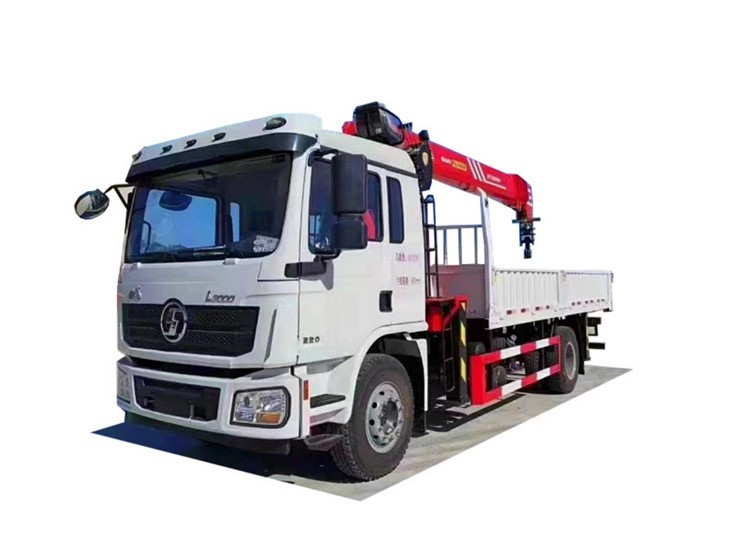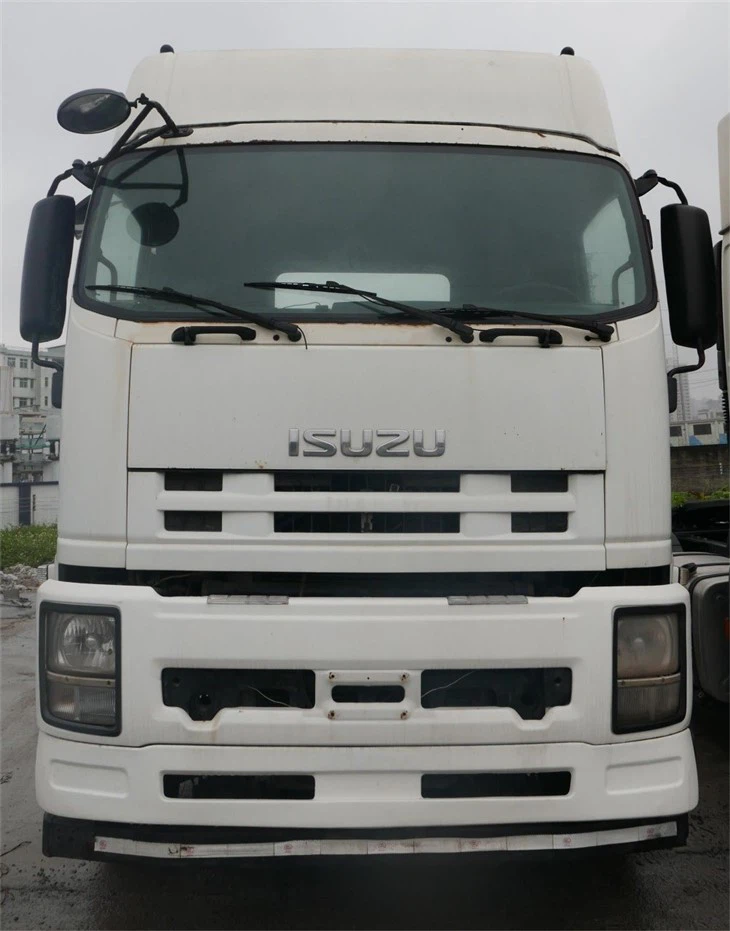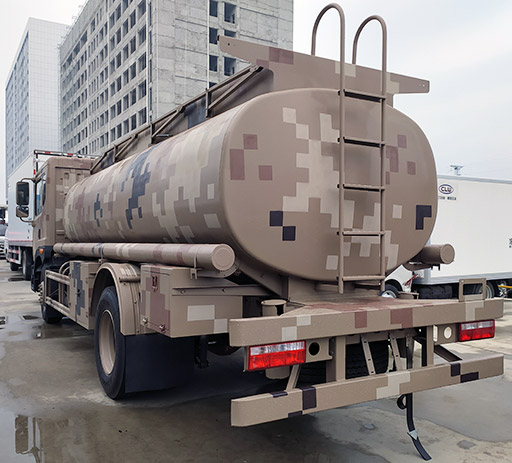What’s the Difference Between Extended Cab and Crew Cab: A Comprehensive Guide

When it comes to choosing a pickup truck, understanding the various cab configurations can be essential for making the right decision. Two of the most popular options are extended cab and crew cab. This article dives deep into the differences between these two types of cabs, helping you choose the best fit for your lifestyle and needs.
Table of Contents
- Introduction
- What Is an Extended Cab?
- What Is a Crew Cab?
- Key Differences Between Extended Cab and Crew Cab
- Benefits of Extended Cab
- Benefits of Crew Cab
- Practical Examples and Usage
- Considerations for Purchase
- Common Misconceptions
- FAQs
What Is an Extended Cab?
An extended cab features an additional row of seating behind the front seats. However, this extra space typically does not have full-sized doors. Instead, you usually find smaller rear doors that swing open backwards, making it easier to access the back seat, though getting in and out can still be somewhat cramped.
Dimensions and Space
Extended cabs usually offer about 3 passenger seats in the back and have limited legroom and headroom compared to crew cabs, which can make them ideal for occasional use rather than daily family travel.
Common Models
- Chevrolet Silverado 1500 Extended Cab
- Ford F-150 SuperCab
- Ram 1500 Classic Quad Cab
What Is a Crew Cab?
A crew cab offers a spacious, full-sized cabin with four full-sized doors, allowing easier access to the back seats. This configuration is often seen as the best option for those needing to transport more passengers comfortably.
Dimensions and Space
Crew cabs generally have room for five to six passengers, with ample legroom and headroom, making them a popular choice for families or those who frequently carry passengers.
Common Models
- Chevrolet Silverado 1500 Crew Cab
- Toyota Tundra CrewMax
- Ford F-150 SuperCrew
Key Differences Between Extended Cab and Crew Cab
| Feature | Extended Cab | Crew Cab |
|---|---|---|
| Seating Capacity | Up to 3-4 passengers | Up to 5-6 passengers |
| Door Type | Smaller rear doors | Full-sized doors |
| Legroom | Limited | Ample |
| Ideal For | Occasional use/limited passengers | Families/daily use |
| Weight | Lighter | Heavier |
Benefits of Extended Cab
There are several advantages to choosing an extended cab:
- Compact Size: Easier to park and maneuver in tight spaces.
- Cost-Effective: Generally, extended cabs are less expensive than crew cabs.
- Lightweight: Lighter weight can often lead to better fuel efficiency.

Benefits of Crew Cab
The crew cab also has its own set of benefits:
- Comfort: More legroom and headroom for passengers.
- Accessibility: Full-sized doors make it easy to get in and out.
- Versatility: Ideal for families or work situations where you need to carry multiple passengers.
Practical Examples and Usage
Best Situations for Extended Cab
Extended cabs are great for tradespeople or individuals who often need to transport tools and equipment but occasionally need to seat extra passengers. They are also a solid choice for outdoor enthusiasts looking for additional cabin space without the bulk of a crew cab.
Best Situations for Crew Cab

Families with children will appreciate the spaciousness of crew cabs, especially for long trips. Additionally, those who take road trips with friends or need to transport clients will find crew cabs more accommodating.
Considerations for Purchase
Budget
Cost is often a significant factor in deciding between an extended and crew cab. Consider not just the purchase price but also insurance and potential fuel costs.
Usage Requirements
Think about how often you will utilize the rear seats. If you frequently have passengers, a crew cab is likely the better choice.
Parking and Maneuverability
A larger vehicle can be more challenging to park. If you live in a tight urban area, an extended cab may serve you better.
Common Misconceptions
Extended Cabs Are Only for Work
While extended cabs are often perceived as work vehicles, they can also accommodate families for short trips.
Crew Cabs Are Impractical

Some believe crew cabs are cumbersome, but many models today are designed to balance comfort with productivity, making them both practical and enjoyable to drive.
FAQs
1. Is an extended cab better for off-roading?
Not necessarily. While extended cabs may be lighter, crew cabs are equipped with similar off-road capabilities, and truck choice ultimately depends on the specific model.
2. Can an extended cab fit a child seat?
Yes, but the limited space in the backseat may make it a tight fit. It’s advisable to check compatibility with your specific child seat model.
3. What are the resale values for extended cab vs. crew cab?
Typically, crew cabs retain higher resale values due to their versatility and demand among families.
4. Are there any safety differences?
Both cab types generally have similar safety features, but crew cabs may have additional options like rear airbag support, depending on the manufacturer.
5. Do both types have the same towing capacity?
Towing capacity can vary more by model than by cab type, so it’s essential to check the specifications of each individual truck.
6. Can I customize the interior of my truck?
Yes, both extended and crew cabs can be customized with various features, from upholstery to tech additions.
